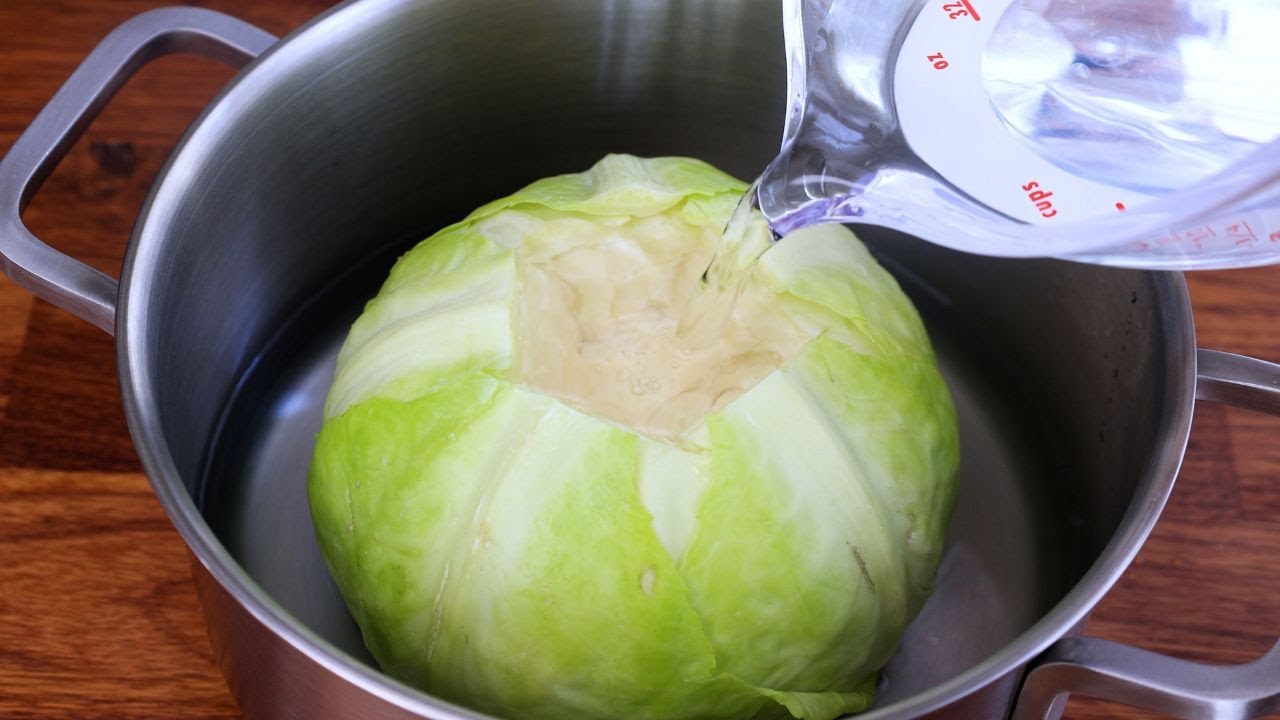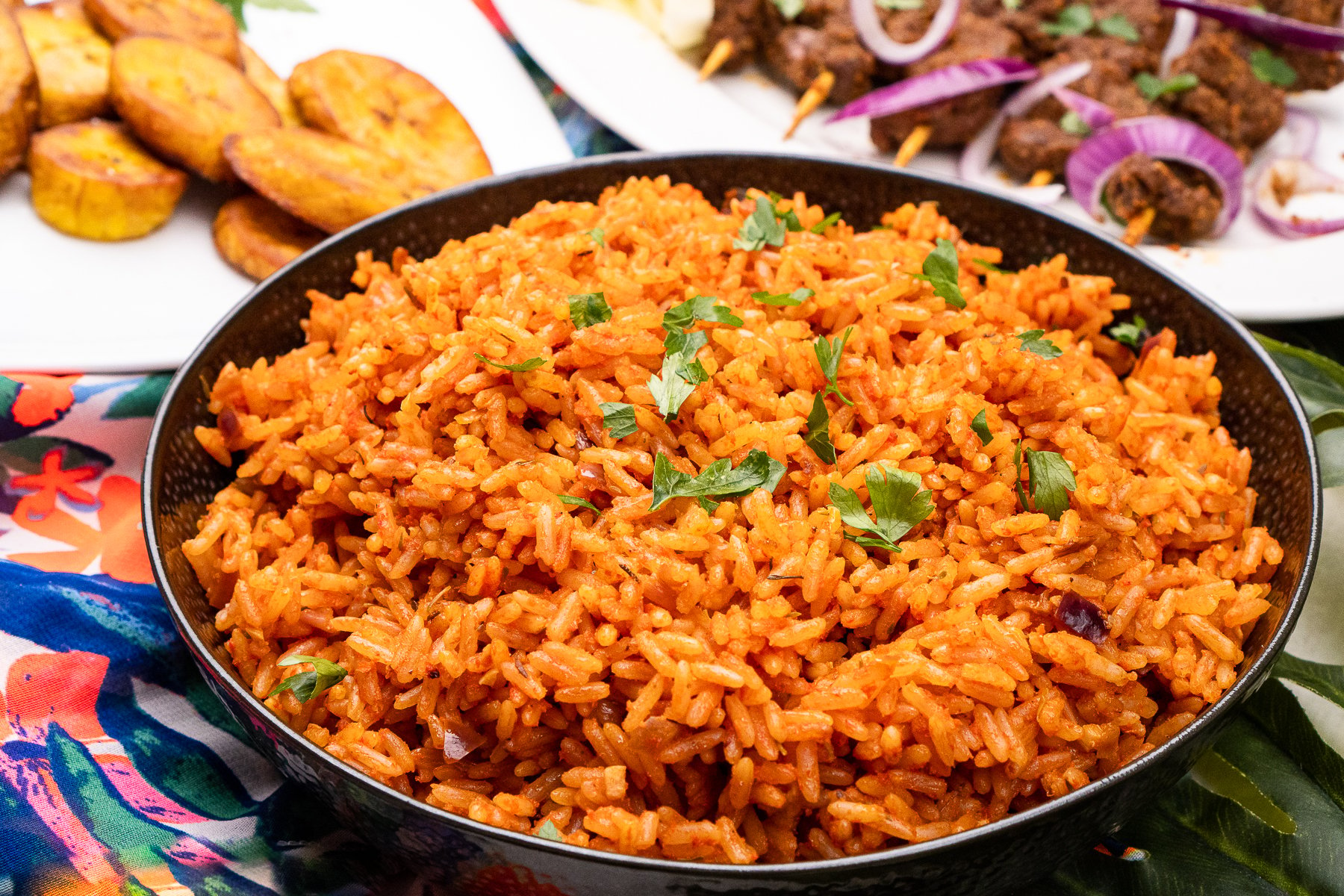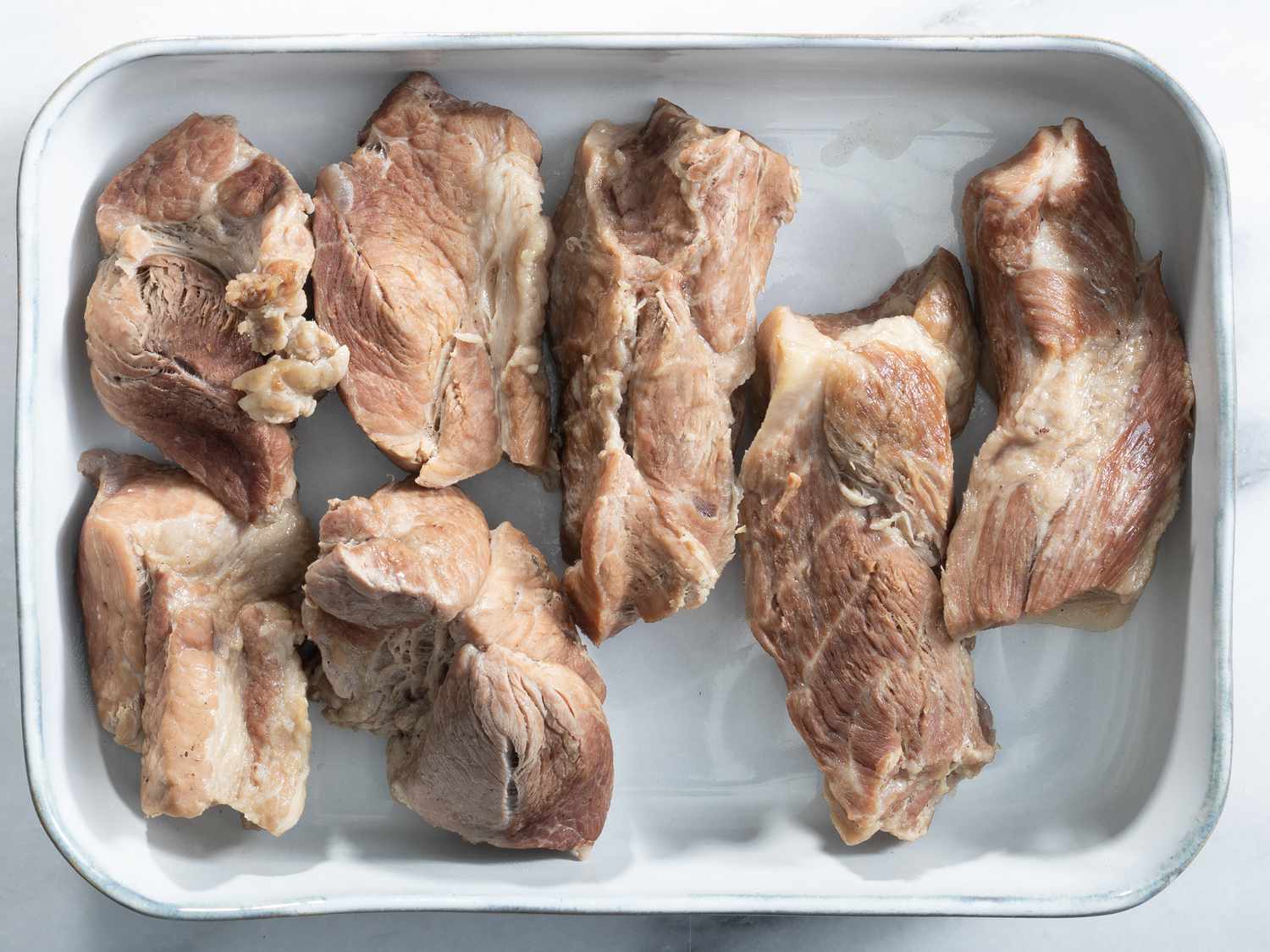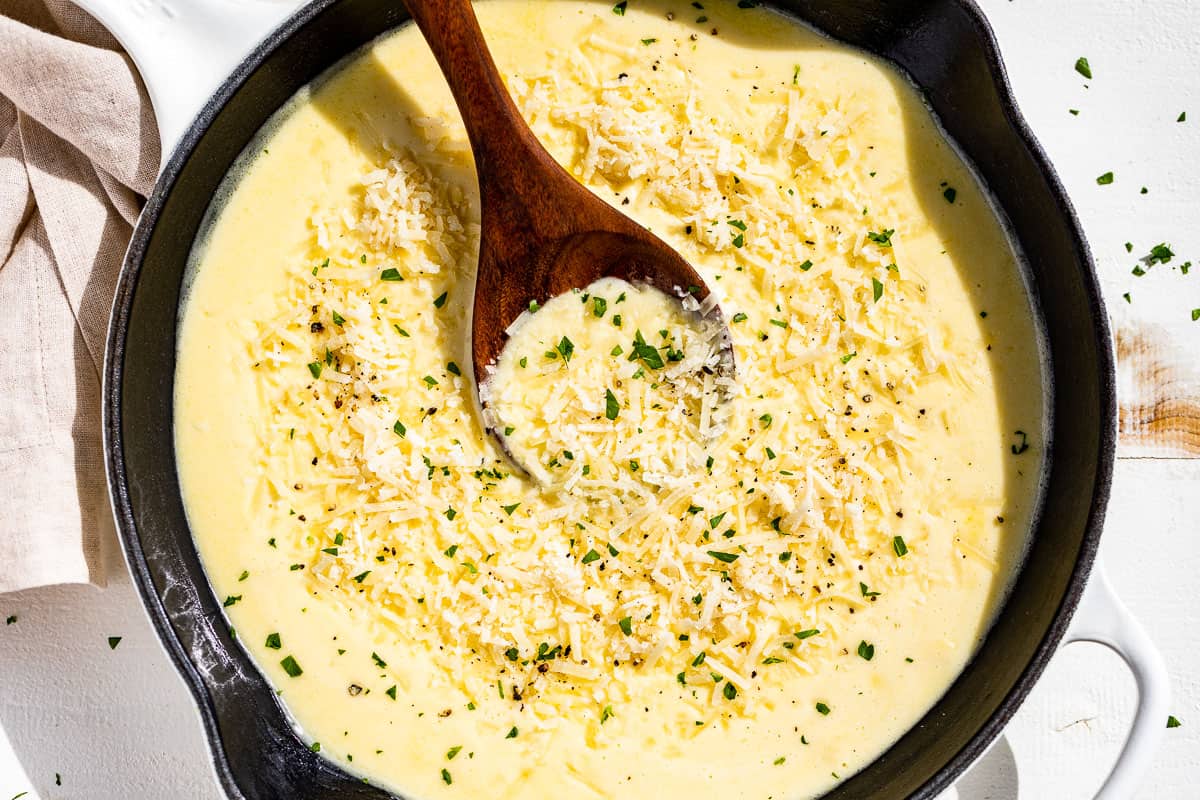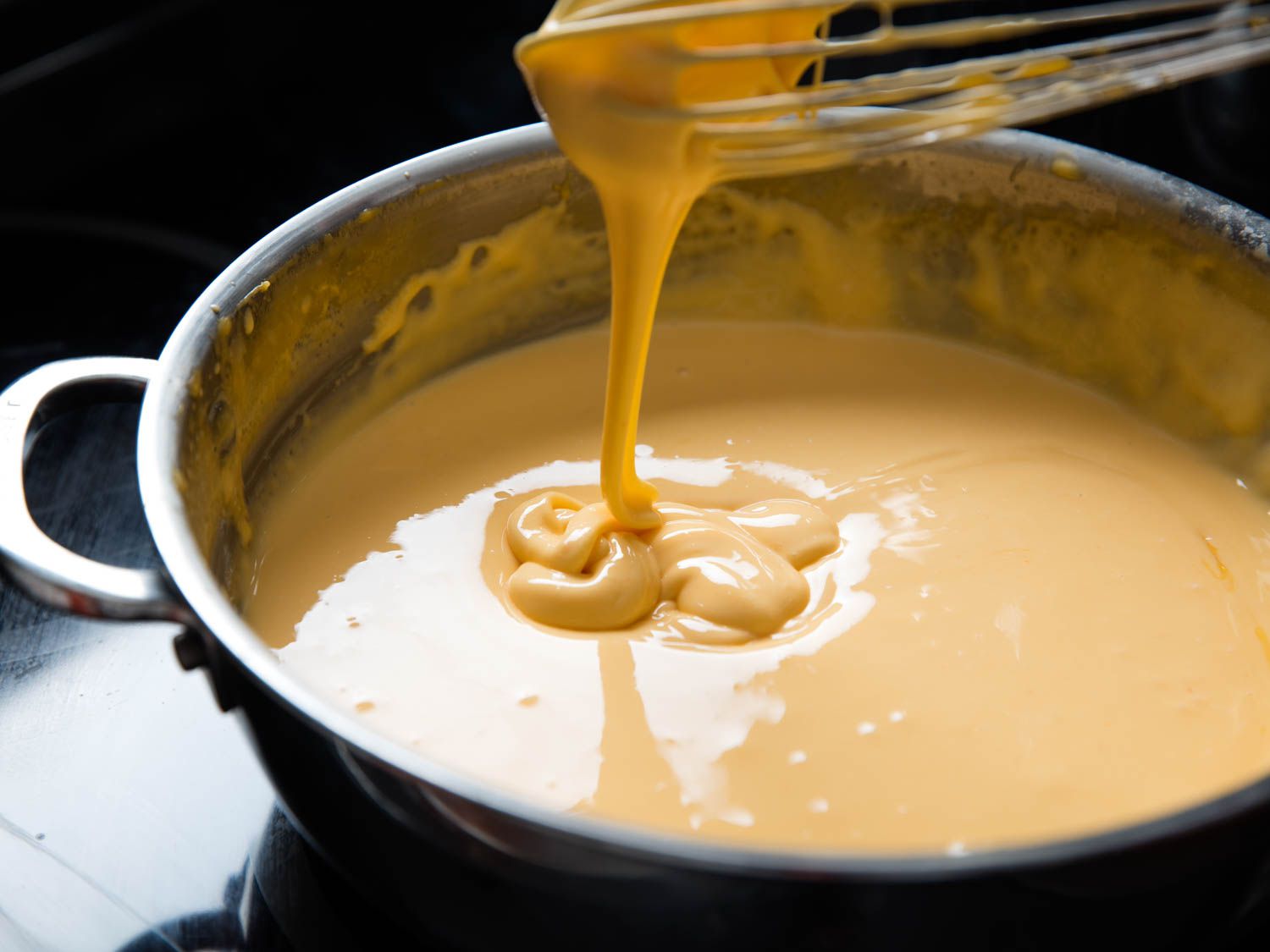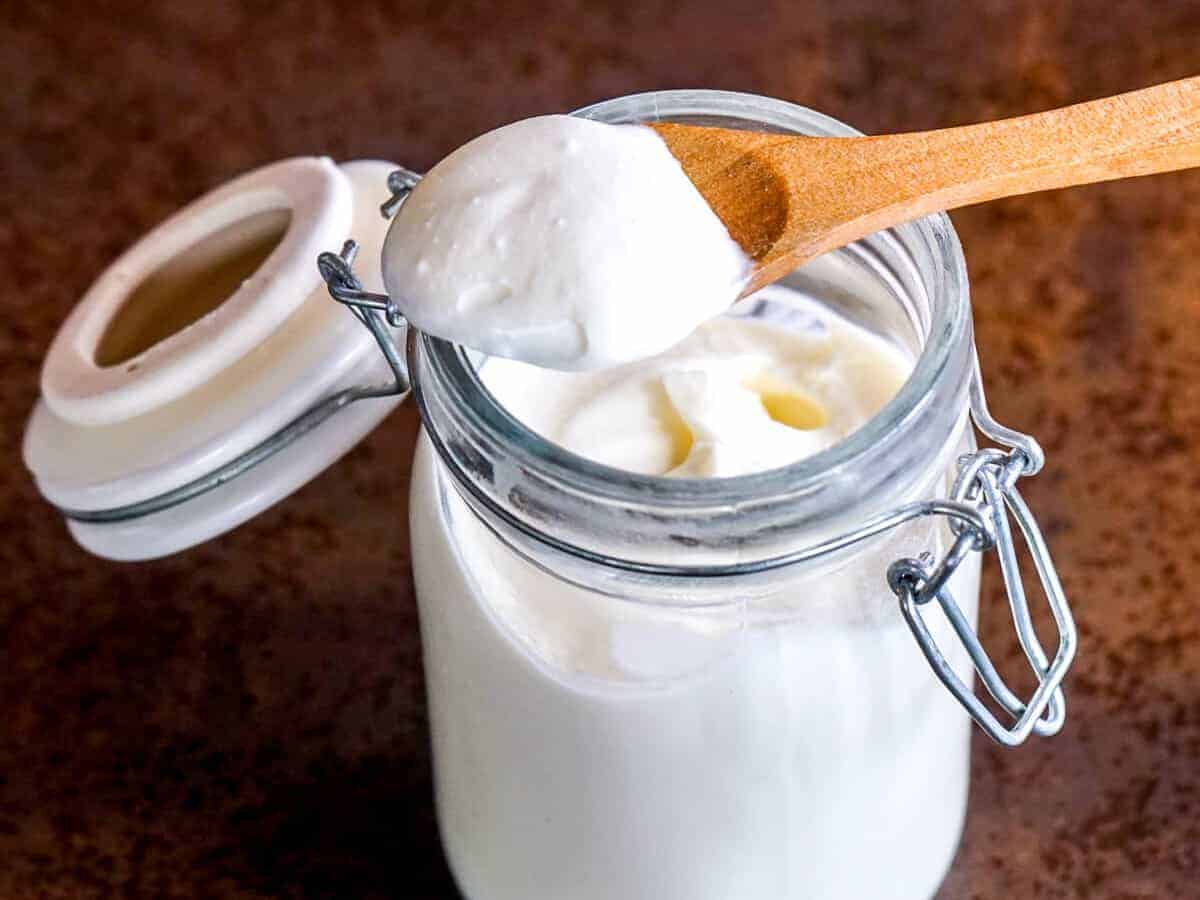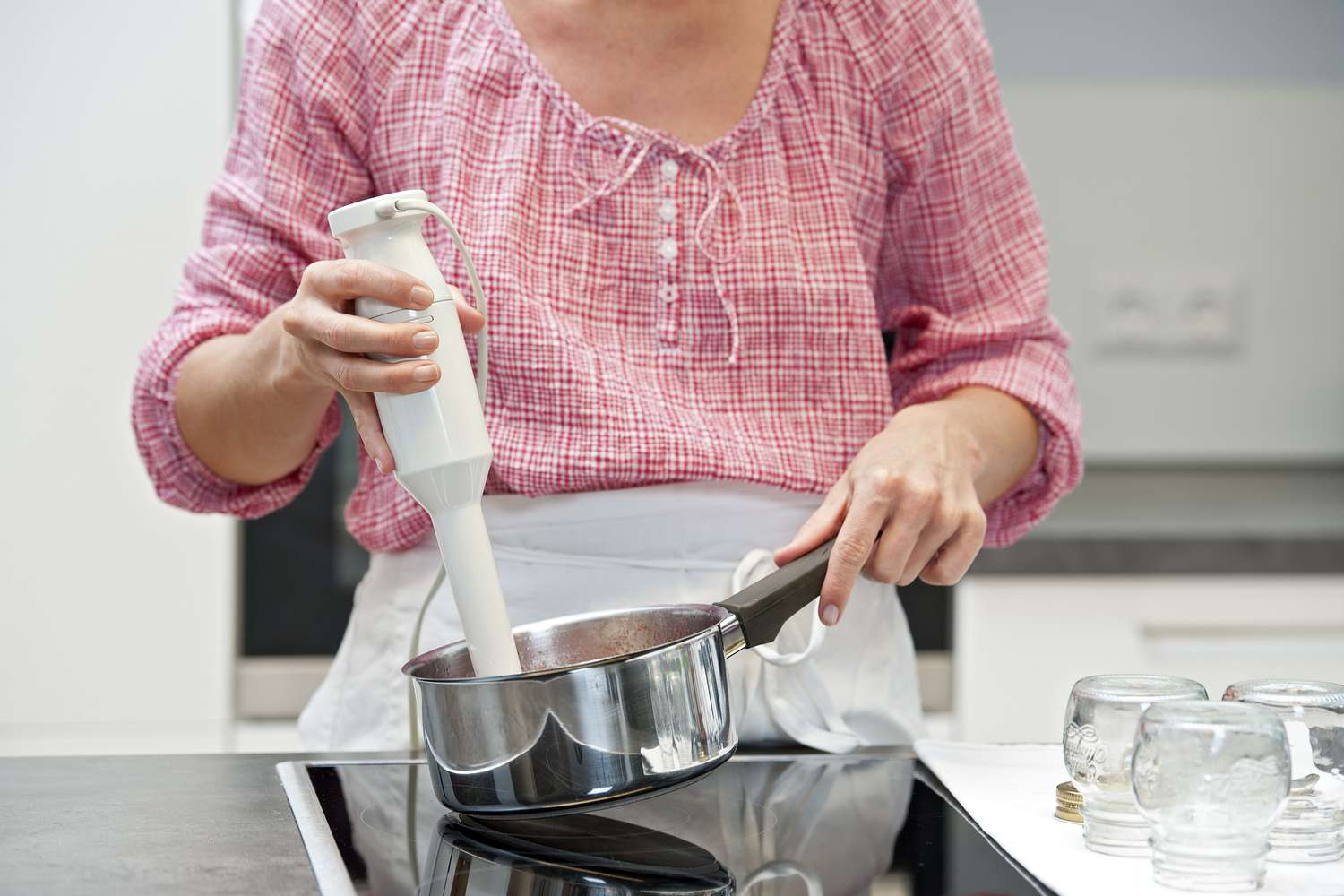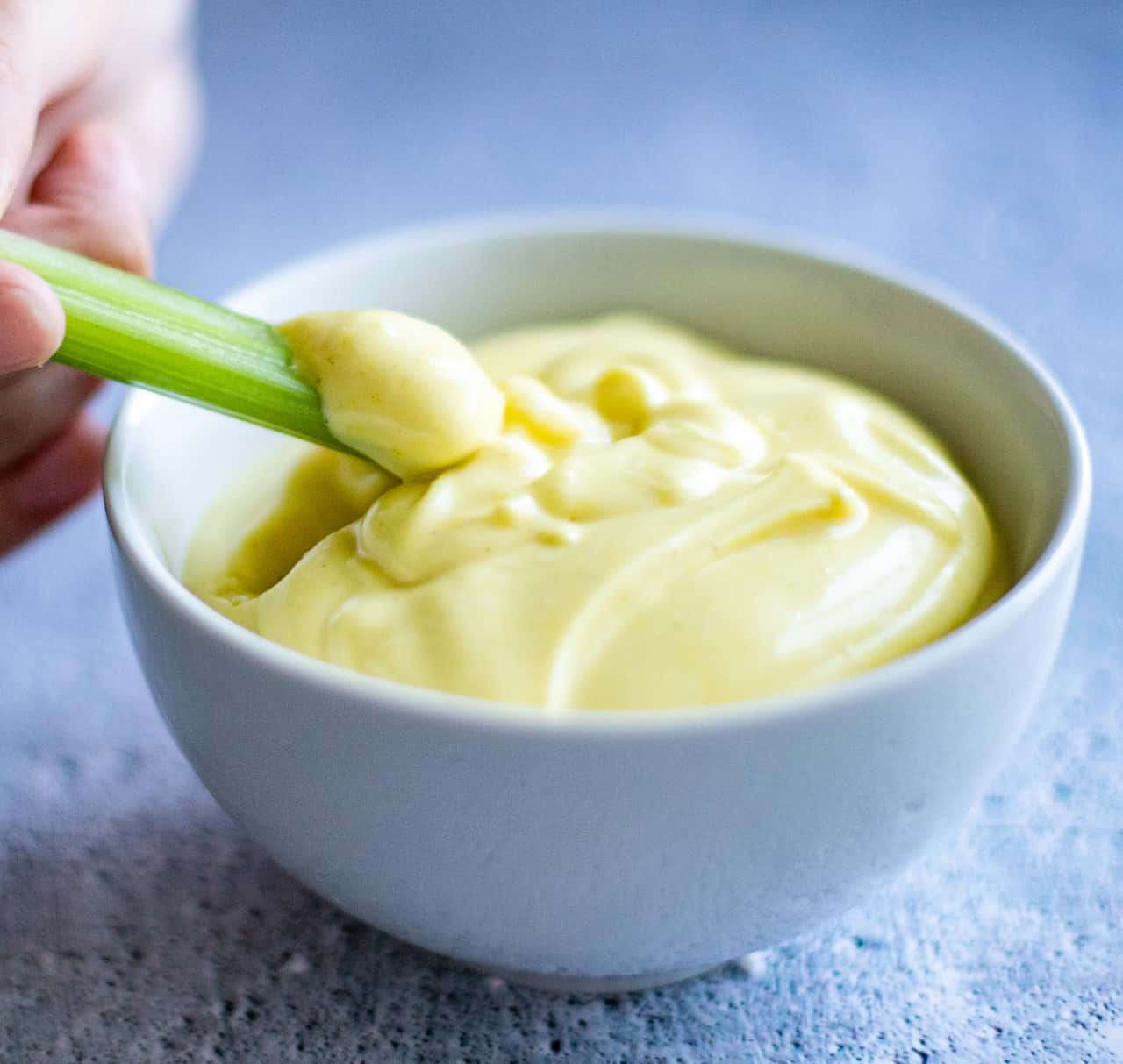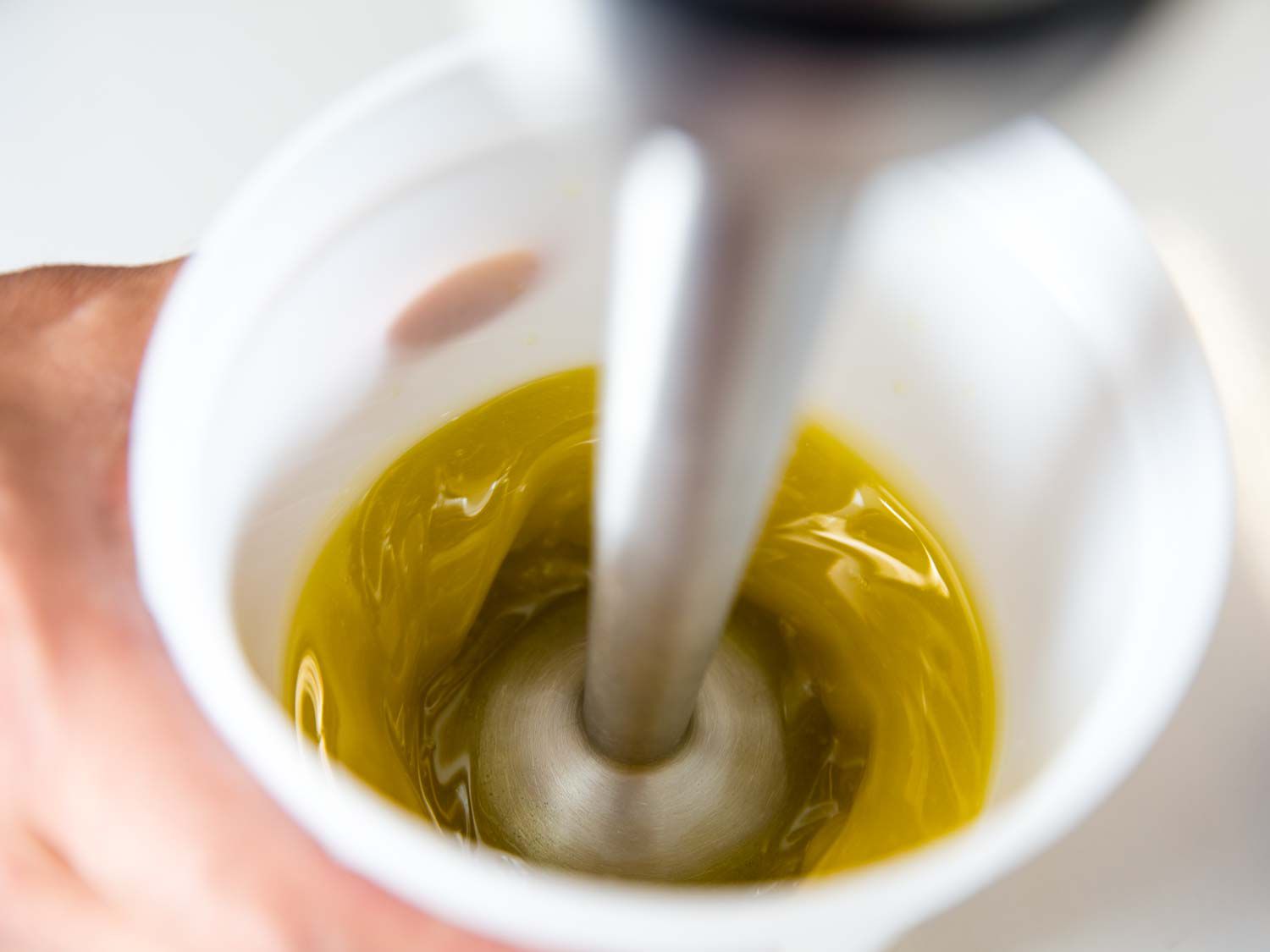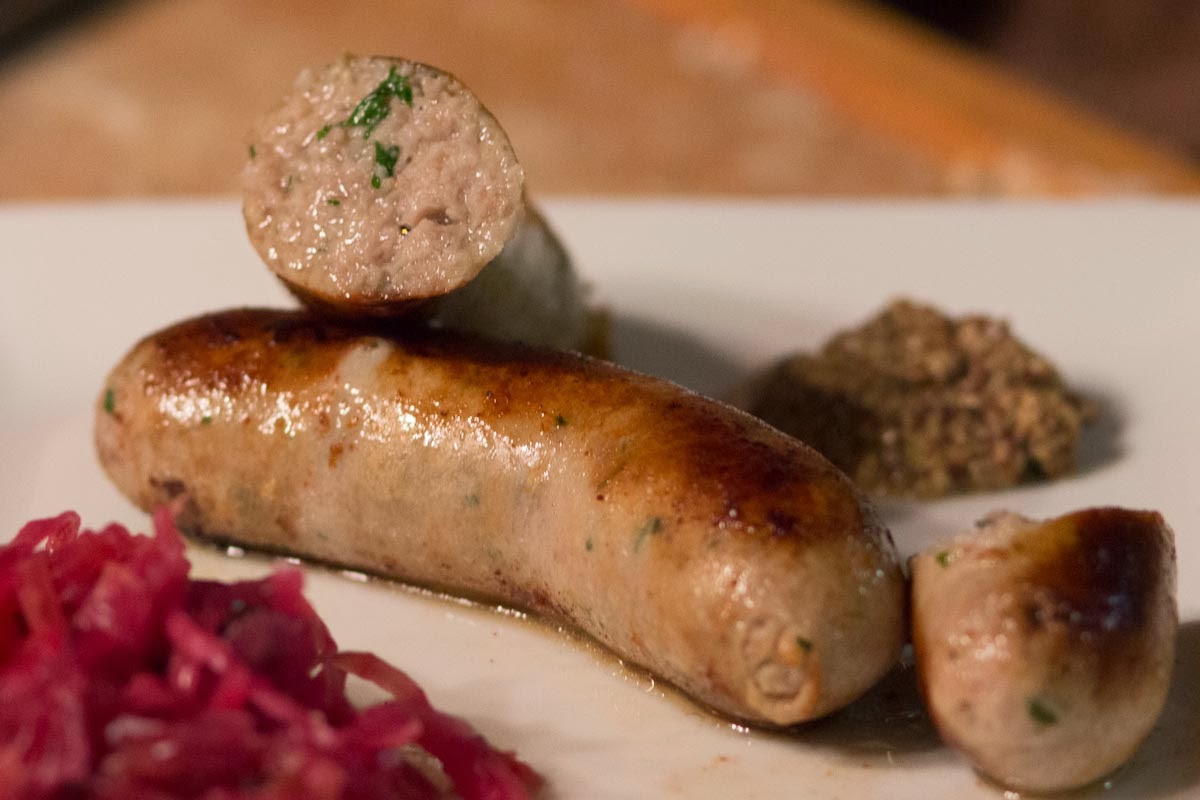Parboiling Ribs: A Step-By-Step Guide
Parboiling ribs before cooking can help to tenderize the meat and reduce the overall cooking time. It’s a simple yet effective technique that can elevate the flavor and texture of your ribs. If you’re new to parboiling, don’t worry – we’ve got you covered with this step-by-step guide on how to parboil ribs before cooking.
Step 1: Gather Your Ingredients
Before you start parboiling your ribs, make sure you have all the necessary ingredients and equipment on hand. Here’s what you’ll need:
- Slab of ribs
- Large pot
- Water
- Salt and pepper
- Optional: Herbs and spices for added flavor
Step 2: Prepare the Ribs
Start by preparing the ribs for parboiling. Remove the membrane from the back of the ribs and trim off any excess fat. This will help the flavors to penetrate the meat more effectively during the parboiling process.
Step 3: Parboiling the Ribs
Fill a large pot with enough water to fully submerge the ribs. Bring the water to a boil and add a generous amount of salt and pepper. You can also add herbs and spices at this stage for extra flavor. Once the water is boiling and the seasonings have been added, carefully place the ribs into the pot.
Allow the ribs to parboil for about 20-30 minutes. Keep an eye on the pot to ensure that the water maintains a gentle boil throughout the parboiling process.
Step 4: Remove and Dry the Ribs
Once the parboiling is complete, carefully remove the ribs from the pot using tongs and transfer them to a plate or cutting board. Pat the ribs dry with paper towels to remove any excess moisture.
Step 5: Season and Cook
Now that your ribs have been parboiled, they are ready to be seasoned and cooked according to your preferred method. Whether you’re grilling, smoking, or baking the ribs, the parboiling process will help to ensure that the meat is tender and flavorful.
By following these simple steps, you can easily parboil ribs before cooking to achieve delicious, fall-off-the-bone results. Whether you’re preparing ribs for a backyard barbecue or a cozy family dinner, parboiling is a valuable technique that can take your rib game to the next level.
So, next time you’re planning to cook ribs, don’t forget to give parboiling a try. Your taste buds will thank you!
Was this page helpful?
Read Next: How To Parboil Lobster

